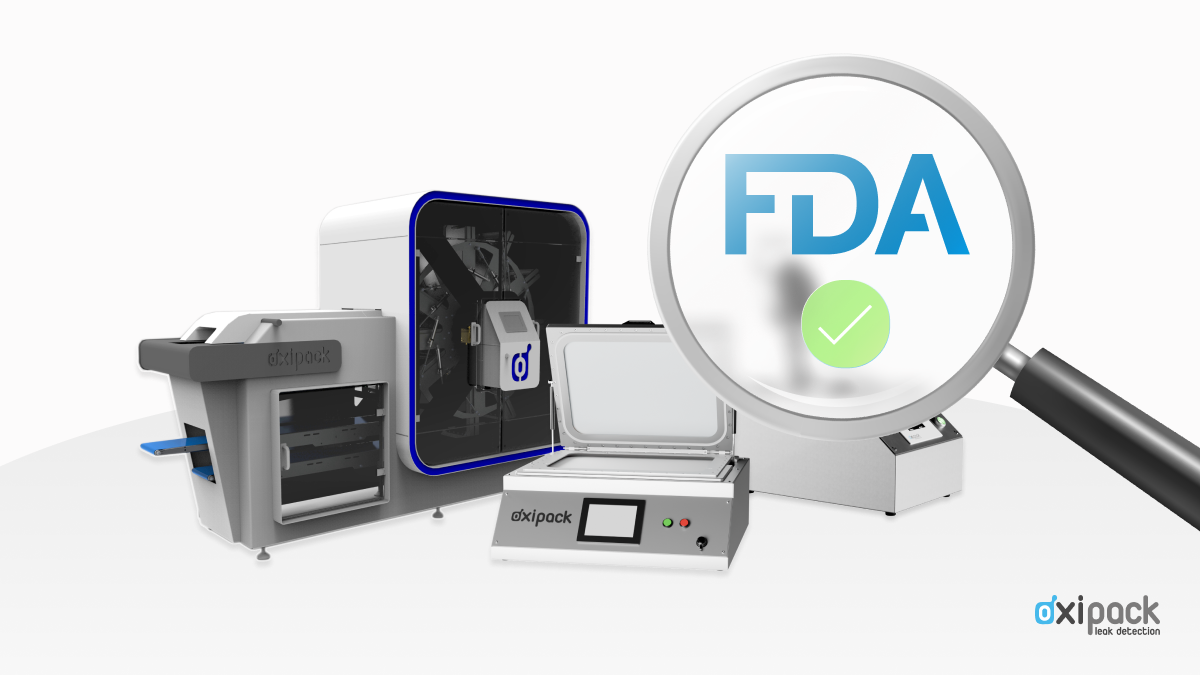Have you ever opened a package and found its contents spoiled or damaged? Imagine the disappointment of receiving a package containing your favorite snacks, only to discover that they have gone stale due to a leak in the packaging. Such incidents not only result in dissatisfaction but also reflect poorly on the brand's reputation.
Leaks in packaging can be a nightmare for manufacturers, leading to product spoilage, decreased shelf life, and potential safety hazards. That is why vacuum decay leak detection is becoming a game-changer in packaging quality control. In this blog post, we will delve into the benefits and applications of vacuum decay, the cutting-edge method that is revolutionizing leak detection in various industries.

The Dual Challenge: Finding Efficient and Reliable Leak Detection Methods
When it comes to detecting leaks in packaging, manufacturers have traditionally relied on methods like bubble leak testing. Although effective to an extent, bubble leak testing has its limitations. It involves submerging the package in water and looking for bubbles that indicate leaks. While this method may work well for some products, it is not suitable for all packaging materials or industries.
Additionally, bubble leak testing may damage the packaging. For certain products or materials, the package can get wet, rendering it unsuitable for use. This limitation can be problematic for manufacturers dealing with sensitive products or specific industries where preserving the integrity of the packaging is crucial.
The Solution: Vacuum Decay Leak Detection
Vacuum decay leak detection provides a reliable and efficient solution to the limitations posed by traditional methods. This innovative technique works by detecting changes in pressure within the package. If there is a leak, the pressure will fluctuate, allowing the system to identify its presence accurately.
Advantages of Vacuum Decay Leak Detection
Unparalleled Sensitivity
Vacuum decay leak detection offers unmatched sensitivity in identifying even micro leaks. It ensures that no potential leakage goes unnoticed, guaranteeing the integrity of the packaged product.
Speed and Efficiency
Unlike traditional methods, vacuum decay leak detection is fast, reducing the time required for testing without compromising accuracy. Manufacturers can streamline their production processes, saving time, increasing productivity, and importantly, no more relying on operator interpretation, ensuring consistent and objective results.
Versatility
Vacuum decay leak detection is suitable for various packaging types, including bottles , cans, pouches, and containers. Irrespective of the package design or shape, this method can effectively detect leaks, making it highly adaptable to different industries.
Industries Benefiting from Vacuum Decay Leak Detection:
Food and Beverage
Vacuum decay is ideal for detecting leaks in sealed food containers and beverage bottles & cans, ensuring product freshness and preventing spoilage.
Pharmaceutical and Medical
This technique ensures the safety and quality of packaging and devices in the pharmaceutical and medical sectors, complying with stringent industry standards.
In the packaging industry, vacuum decay leak detection is emerging as the go-to method for identifying leaks in various products. Its supreme sensitivity, speed, and adaptability offer several advantages over traditional bubble leak testing. By embracing this advanced technique, companies across industries can enhance product quality, streamline production processes, and ultimately improve customer satisfaction. The future of leak detection lies in vacuum decay - a powerful tool for ensuring packaging integrity and consumer confidence.




